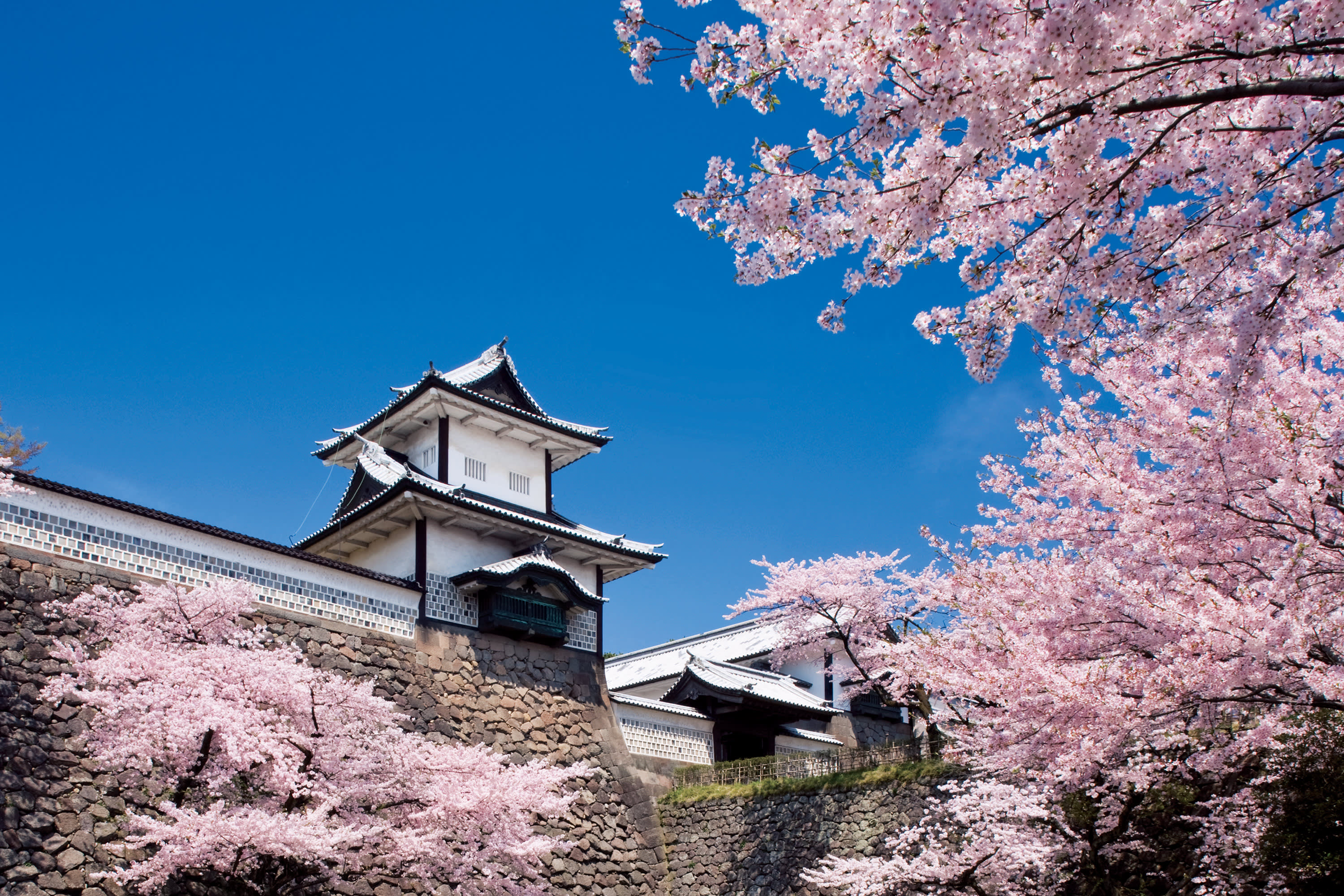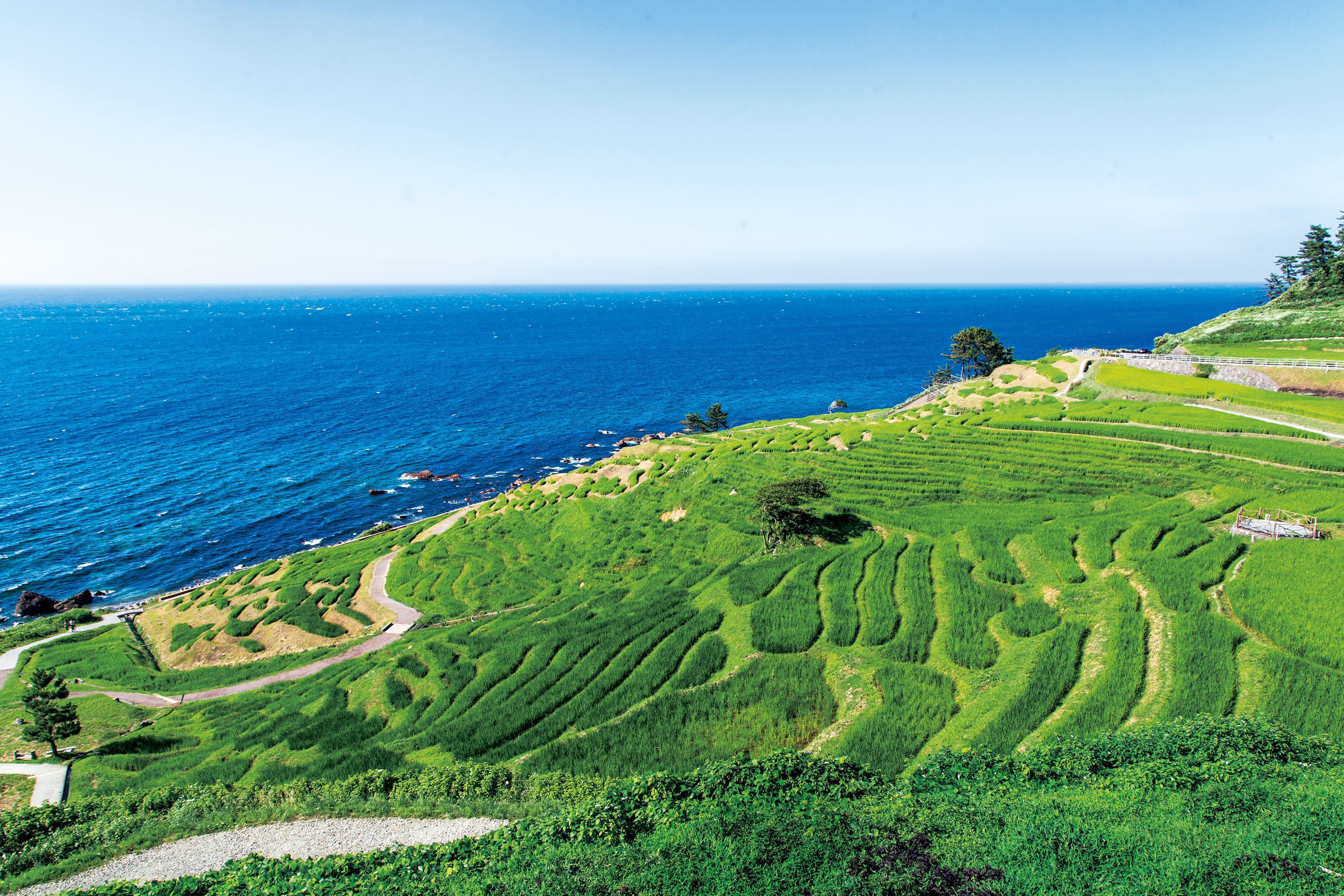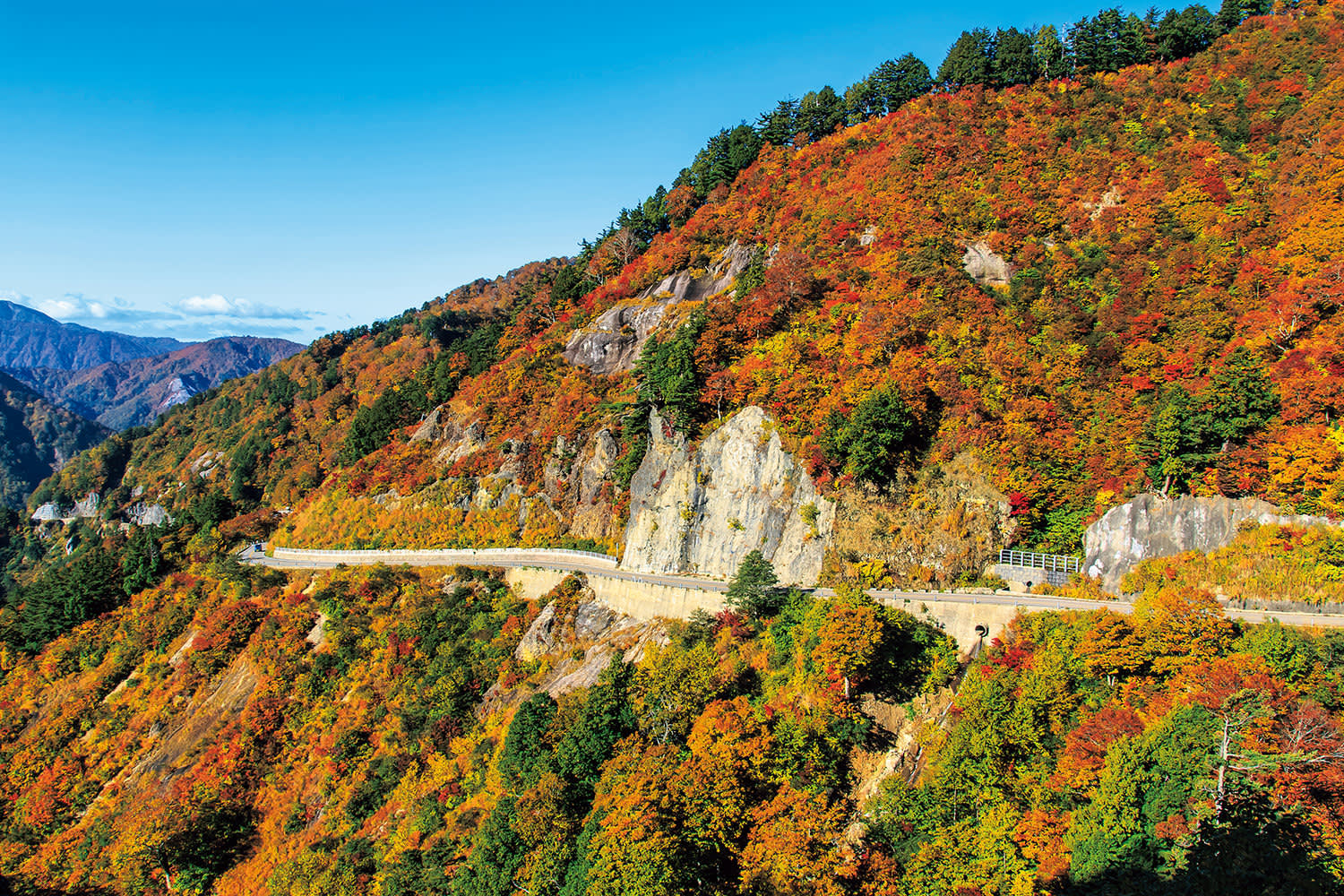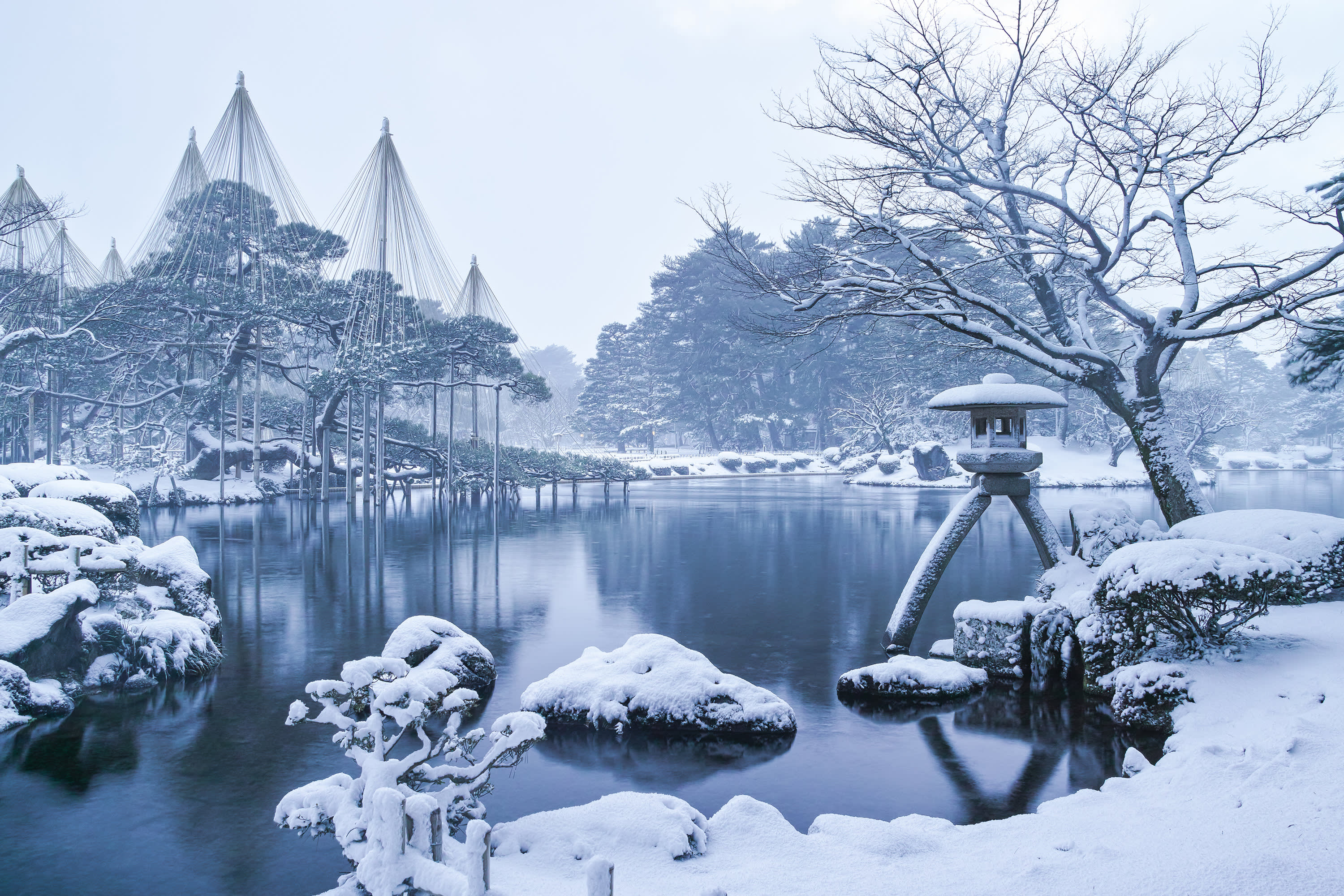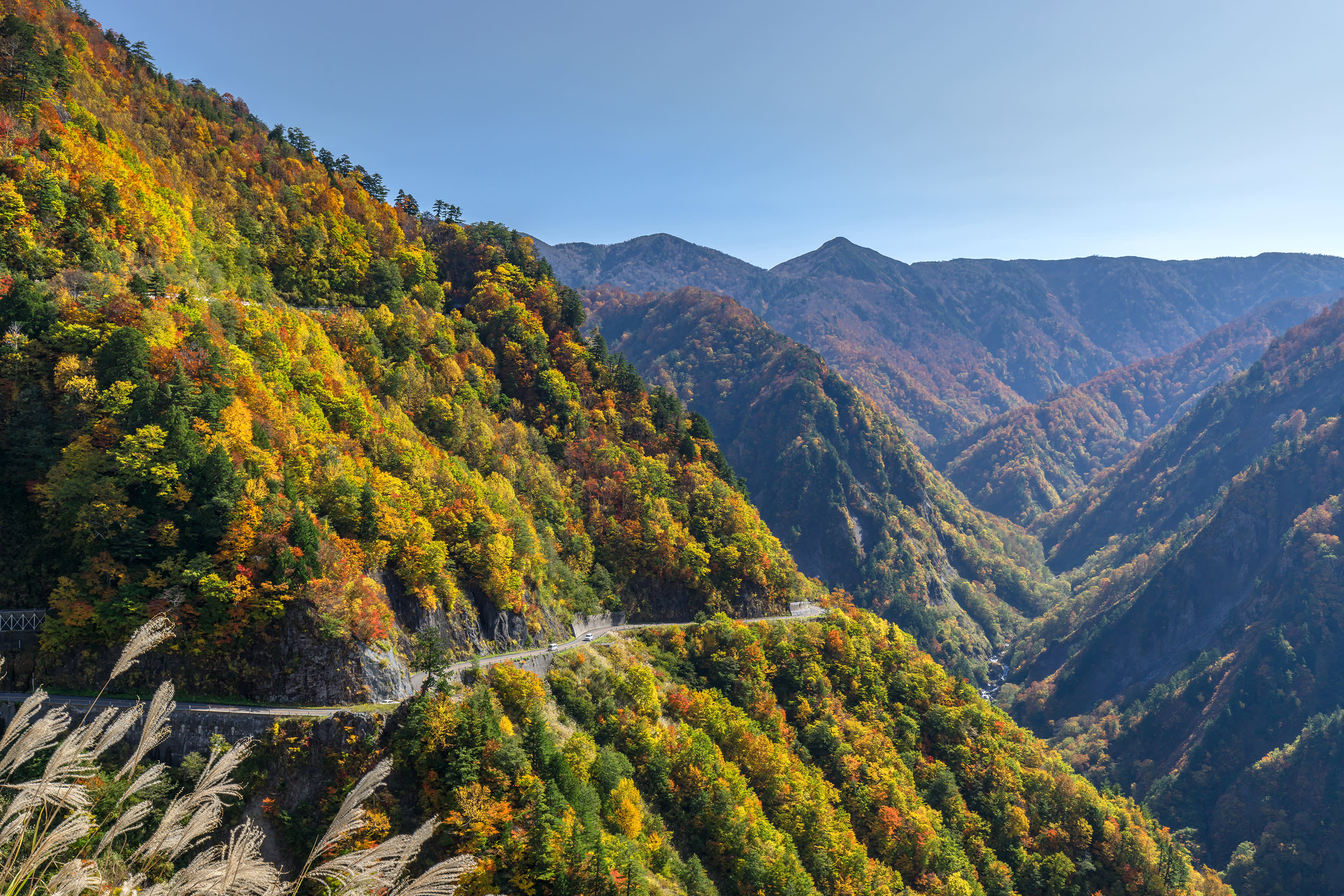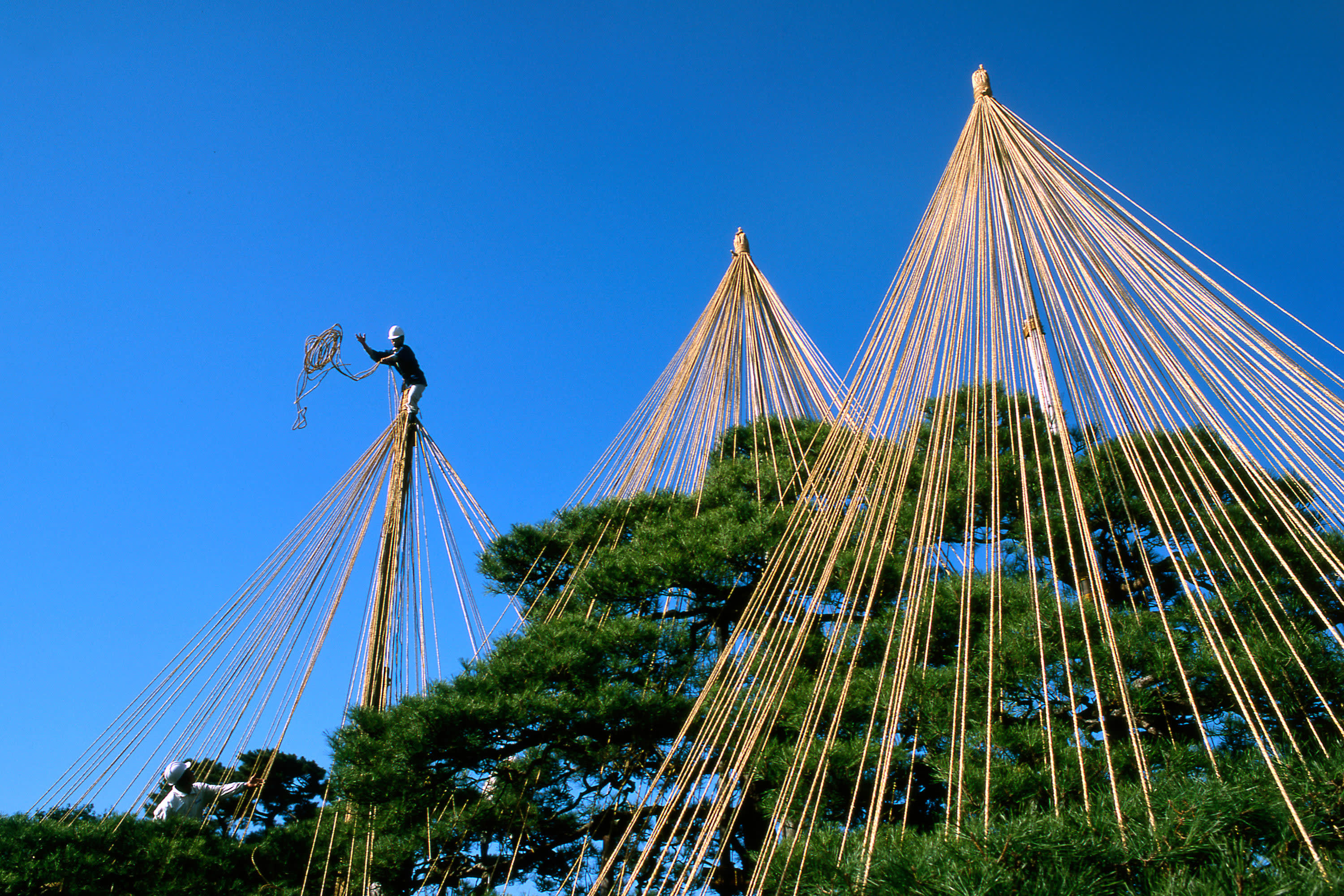
PLAN YOUR TRIP
For First-Time Visitors
From rich history and traditional crafts to cutting-edge art and natural hot springs, Ishikawa is a diverse destination perfect for any type of traveler. The culture, heritage, nature, and cuisine that run through the entire prefecture epitomize the essence of Japan’s charm. Come and experience it all for yourself.

Introduction to Ishikawa
Ishikawa is a coastal prefecture on the Sea of Japan, opposite Tokyo. Its northern end, called the Noto Peninsula, juts out into the Sea of Japan. It is about 2.5 hours by bullet train (shinkansen) from Tokyo and between 2 and 2.5 hours by a combination of limited express and bullet train from Kyoto, Osaka, and Nagoya.
Ishikawa can be divided into three distinct areas. Its capital, Kanazawa, has a long, rich history and sits in the center of the prefecture. In the north, the Noto Peninsula is a rugged and sparsely populated region with a robust maritime spirit. In the south, the Kaga area is known for hot springs and is a gateway to the Hakusan mountains, an area popular with hikers and skiers.
During the Edo period (1603–1867), the prefecture was part of the Kaga domain. Kaga was the richest domain in Japan, and its rulers, the Maeda family, enjoyed massive power and influence from their home at Kanazawa Castle. The Maeda family invested heavily in the arts and made Kanazawa a cultural hub. Crafts, cuisine, and entertainment flourished in Kaga, and their impact is still felt in Ishikawa today. The lack of wars and natural disasters have preserved the area’s historic legacy.

Inspiration for your Ishikawa trip
Traditional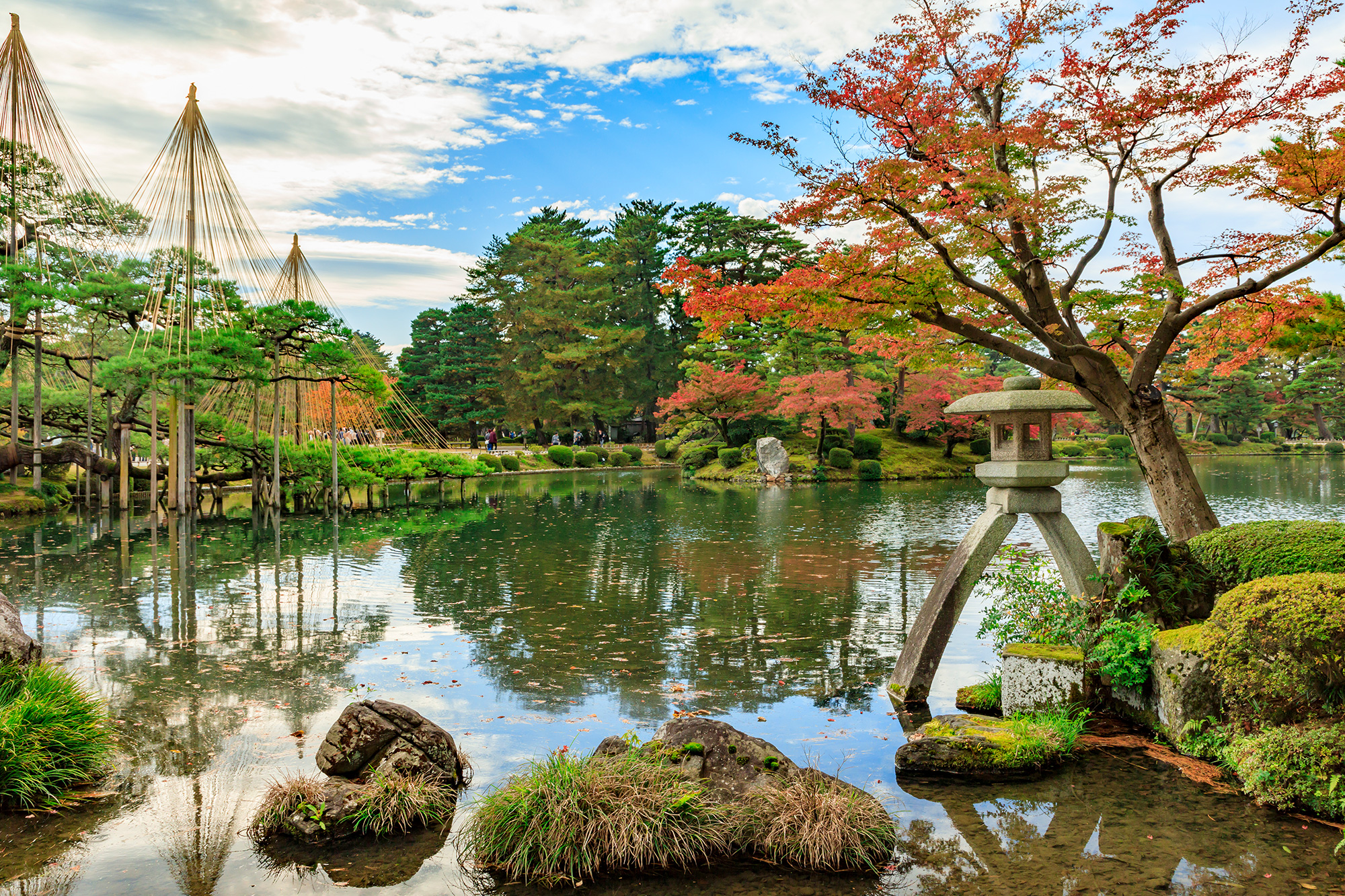
Ishikawa is steeped in history and has a strong reverence for its traditions. In Kanazawa, explore the atmospheric teahouse districts and see the sprawling Kenrokuen Garden. Outside of the capital, festivals from Kaga to the tip of the Noto Peninsula are a link to local heritage. All around the prefecture, visitors can learn artisanal techniques and experience intricate crafts passed down since the Edo period (1603–1867). Further immerse yourself in Japanese hospitality with a stay at the many ryokan inns that dot Ishikawa.
Modern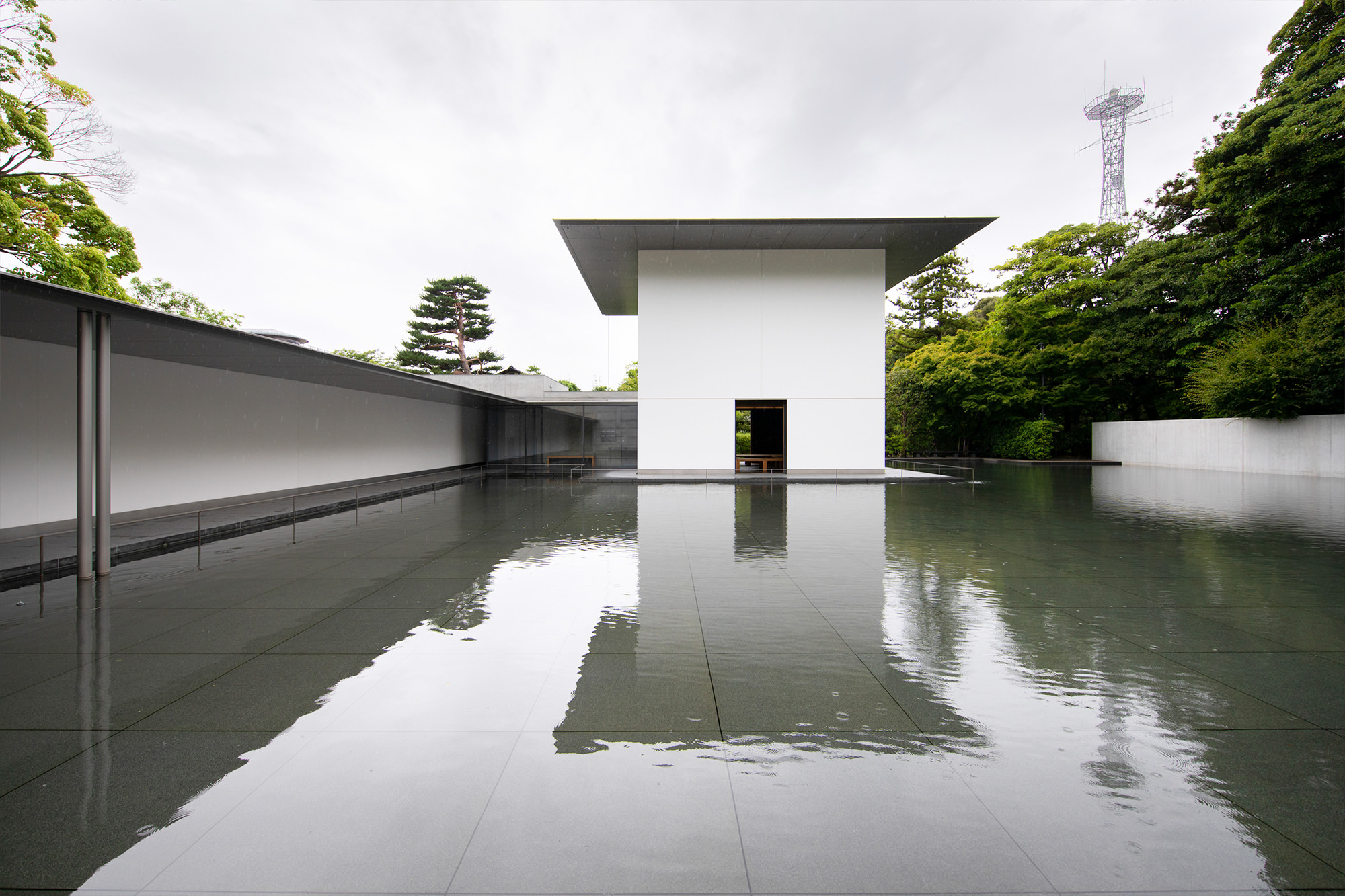
Ishikawa’s artistic heritage continues in modern and contemporary galleries and museums, including the cutting-edge 21st Century Museum of Art, Kanazawa and the D.T. Suzuki Museum. The Tsuzumimon Gate outside Kanazawa Station, whose design is influenced by instruments used in Noh theater, has become a symbol of today’s forward-looking Ishikawa. Big-city nightlife and shopping are major draws of Kanazawa’s Katamachi-Korinbo area.
Nature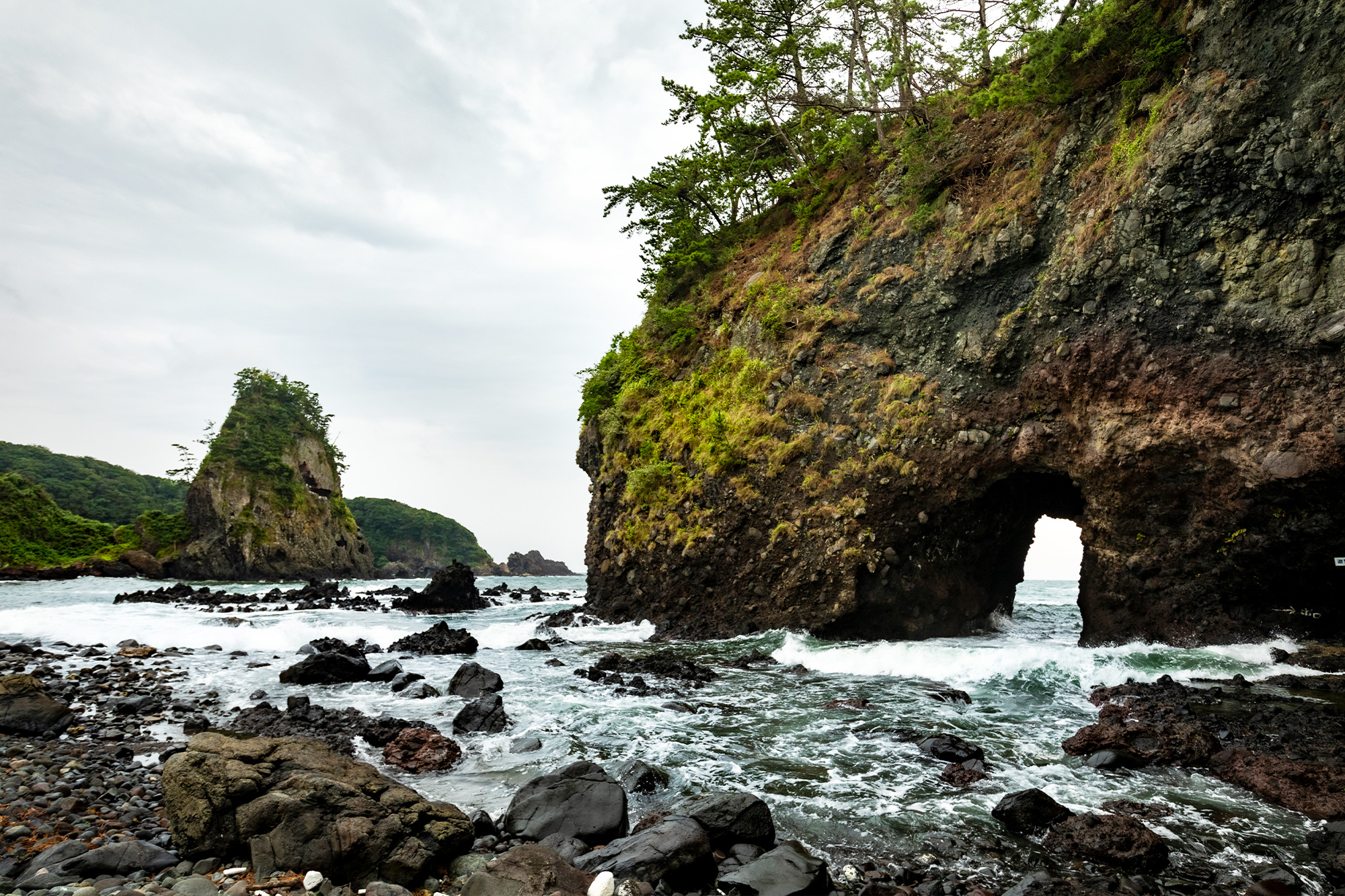
Ishikawa’s nature is defined by rugged coastlines and jagged mountain peaks. In the north, the dramatic Noto Peninsula caters to a relaxing, scenic road trip. Highlights include the Shiroyone Senmaida rice terraces and driving on an 8-kilometer-long sandy beach at the Chirihama Nagisa Driveway. Stay at a rural farmhouse for a taste of the region’s slow-paced lifestyle. Mt. Hakusan towers over the southern part of the prefecture and is surrounded by a lush national park. Relax in the abundant natural hot springs spread all around Ishikawa.
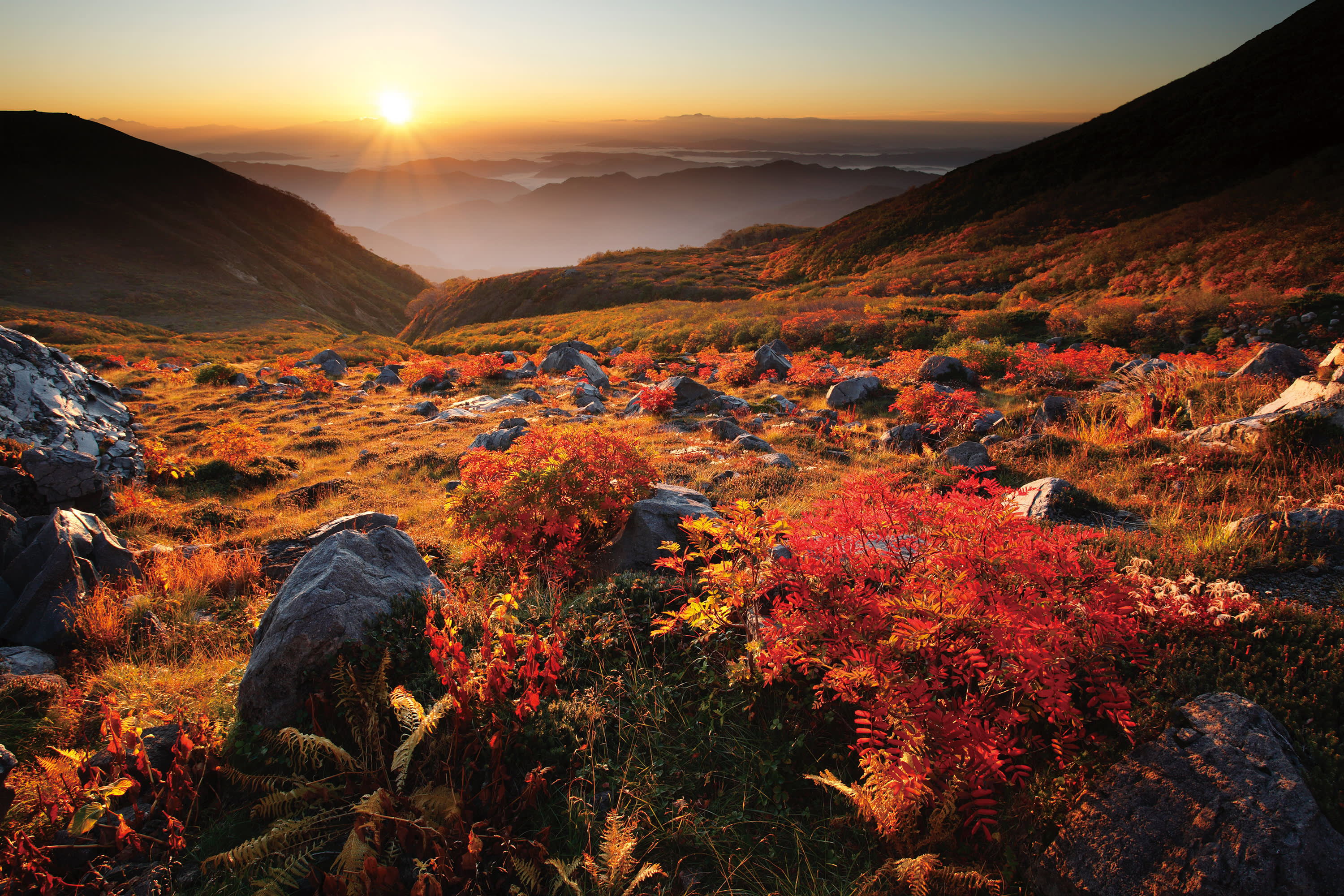
When to visit
Ishikawa is a year-round destination. It enjoys four distinct seasons, each with its own appeal.
Spring promises comfortable weather and bright pink cherry blossoms. The rainy season, between mid-June and mid-July, sees lots of wet weather. Summer is hot, humid, and lively.
September is warm, October is mild, and November is cool. Viewing the changing foliage in mid- to late November is the highlight of autumn.
Ishikawa’s scenery then takes on a new life as snow blankets the prefecture between December and February. Winter-specific activities are in full swing, and seafood such as crab and amberjack are at their best.
Read more about Ishikawa’s seasons here.
Like anywhere else in the world, some times are busier than others in Ishikawa. Particularly busy periods include cherry blossom season and fall foliage season. The stretches of holidays during Golden Week (the last week of April to the first week of May) and Obon (mid-August) may also be more crowded, and visitors are advised to make bookings well in advance. During the week surrounding New Year, many businesses are closed, and public transportation may be less frequent.

Transportation
The most common way to reach Ishikawa is by train to Kanazawa. The Hokuriku Shinkansen runs from Tokyo and reaches Kanazawa in about 2.5 hours. Limited express trains from Osaka, Kyoto, and Nagoya operate to Tsuruga in southern Fukui Prefecture, where passengers can change to the Hokuriku Shinkansen. The total journey takes between 2 and 2.5 hours. Buses link the prefecture to the popular tourist sites of Shirakawa-go and Hida-Takayama.
The prefecture has two airports: Komatsu and Noto Satoyama. Komatsu Airport, about 40 minutes from Kanazawa in the Kaga area, serves domestic flights to Tokyo, Sapporo, Sendai, Fukuoka, and Okinawa, and international flights to Seoul, Shanghai, and Taipei. Noto Satoyama Airport, on the Noto Peninsula in Ishikawa’s north, has daily flights to Tokyo.
Find more details on our Getting to Ishikawa page.
Inside Ishikawa, buses are the primary mode of public transportation. Most of the prefecture is well connected, although in sparsely populated regions such as the Noto Peninsula, service may be infrequent or inconvenient. Trains connect some of the prefecture’s hubs, including Kanazawa, Kaga Onsen, Nanao, and Wakura Onsen. Bullet trains heading west from Kanazawa stop at Komatsu and Kaga Onsen. To explore Ishikawa to the fullest, particularly its more rural areas, you may want to consider renting a car.
More information is available on our Getting Around Ishikawa page.

Accommodation
Ishikawa has a range of accommodation for all budgets and preferences. The prefecture has large, Western-style hotels, traditional-style ryokan inns, and down-home guesthouses. Styles vary by area; hotels are most common in Kanazawa, while ryokan with hot-spring baths are prominent in the towns that make up Kaga Onsen.
Most accommodation in Ishikawa can be booked online. Even many of the more traditional and unique stays, including temple stays and farm-stays, can be reserved in English and other languages.
Read more about where to stay in Ishikawa.

